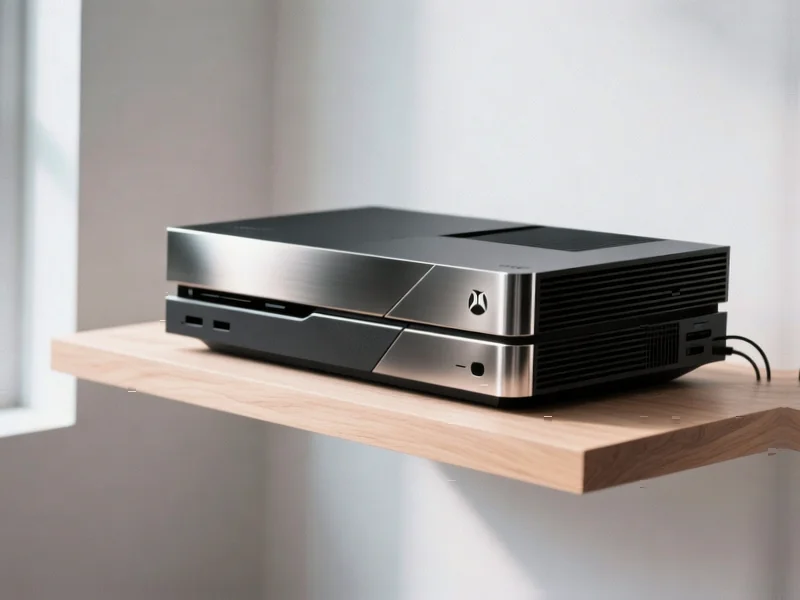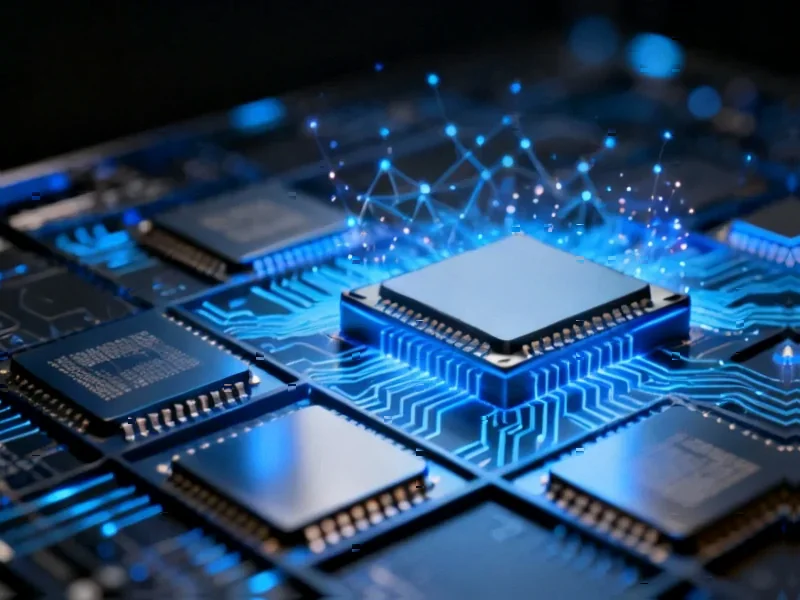According to Polygon, Xbox president Sarah Bond recently described the next-generation Xbox console as “very premium, very high-end” while sitting next to the $999.99 ROG Xbox Ally X handheld, strongly suggesting the new console will approach that price point. The current Xbox Series X costs $649.99 after recent price hikes, indicating a significant price jump for the next generation. Notably, Bond referred to “the next-gen console” in singular form, suggesting Microsoft may abandon the dual-Series X/S strategy that offered both premium and budget options. This represents a marked shift from Microsoft’s previous approach of maintaining an affordable entry point to Xbox gaming, potentially turning the next Xbox into a niche enthusiast device rather than a mass-market product. This strategic pivot raises fundamental questions about Microsoft’s long-term hardware ambitions.
Table of Contents
The PC-Console Hybrid Strategy
Microsoft’s apparent direction toward a Windows-based gaming PC with console-like interface represents the logical culmination of their decade-long effort to bridge Xbox and PC ecosystems. Unlike traditional consoles that rely on walled gardens and proprietary architectures, this hybrid approach leverages Microsoft’s strengths in both hardware manufacturing and software platforms. The ability to play games from other stores like Steam directly addresses one of PC gaming’s biggest advantages while potentially creating new revenue streams through platform fees rather than direct hardware sales. This strategy acknowledges that the traditional console business model of selling hardware at a loss to recoup through game sales and subscriptions may no longer be sustainable in an era where console generations are becoming less distinct and cloud gaming looms on the horizon.
Developer Ecosystem Challenges
The most significant risk in Microsoft’s premium-only approach lies in the developer ecosystem. While the ability to run PC code natively might seem appealing to developers, it creates a fundamental tension. Third-party developers historically optimize for the largest installed bases, and a $1,000 console would inherently limit market penetration. We’ve seen this dynamic before with premium gaming hardware like specialized handheld devices that struggled to attract dedicated software support. The Series S experience demonstrated how split specifications can create development headaches, but moving to a single ultra-premium specification creates the opposite problem: limited addressable market. Developers may question whether creating bespoke Xbox versions makes economic sense when they can simply rely on the PC compatibility layer.
Microsoft’s Evolving Hardware Role
This strategic shift must be viewed in the context of Microsoft’s post-Activision acquisition reality. As the world’s largest third-party publisher, Microsoft’s hardware division now serves different strategic purposes than during the Xbox 360 era. The company appears to be embracing a “hardware as showcase” model where premium devices demonstrate technological capabilities while the bulk of revenue comes from software and services across all platforms. This approach mirrors how Google treats its Pixel phones—premium devices that showcase Android capabilities while the company earns from services across all Android devices. For Microsoft, maintaining a high-end Xbox presence preserves brand relevance and provides a testing ground for gaming innovations without the volume pressures of mass-market console competition.
Market Positioning and Competitive Landscape
The premium Xbox strategy creates an interesting three-tier market structure: Nintendo dominating the family and casual segment, PlayStation owning the mainstream premium console space, and Microsoft potentially creating a new category between consoles and high-end PCs. This positioning acknowledges that Microsoft cannot realistically compete with Sony on console volumes but can leverage its PC gaming expertise to create a unique value proposition. The rumored ability to play four generations of Xbox games natively would create an unprecedented backward compatibility story, appealing to preservation-focused enthusiasts. However, this approach risks making Xbox hardware increasingly irrelevant to the broader gaming conversation, potentially reducing its influence over industry trends and standards.
The Cloud Gaming Endgame
Microsoft’s premium hardware move suggests they see cloud gaming as the true mass-market future, with local hardware becoming increasingly specialized for enthusiasts. The company has invested billions in cloud infrastructure and appears to be positioning Xbox hardware as the premium endpoint for cloud gaming rather than the primary gaming device for most users. This aligns with comments from industry observers who note Microsoft’s increasing focus on multiplatform publishing. The high-end console could serve as both a technological showcase and a bridge product for the transition to cloud-native gaming, where hardware specifications become less relevant to the average consumer. This long-game thinking acknowledges that the traditional console cycle may not have many generations left before cloud streaming becomes viable for mainstream audiences.
Consumer Reception and Adoption Barriers
The success of this strategy hinges on whether enough consumers will pay PC-level prices for console convenience. The ROG Ally experience demonstrates both the appeal and limitations of this hybrid approach. While PC gamers might appreciate the living room convenience, console gamers may balk at the complexity and price. The traditional console value proposition has always been simplicity and affordability—pay a reasonable price for a device that “just works” for years. At nearly $1,000, Microsoft would need to deliver unprecedented value through features like seamless PC game compatibility, exceptional backward compatibility, and premium build quality that justifies the premium over both standard consoles and building a comparable PC.



